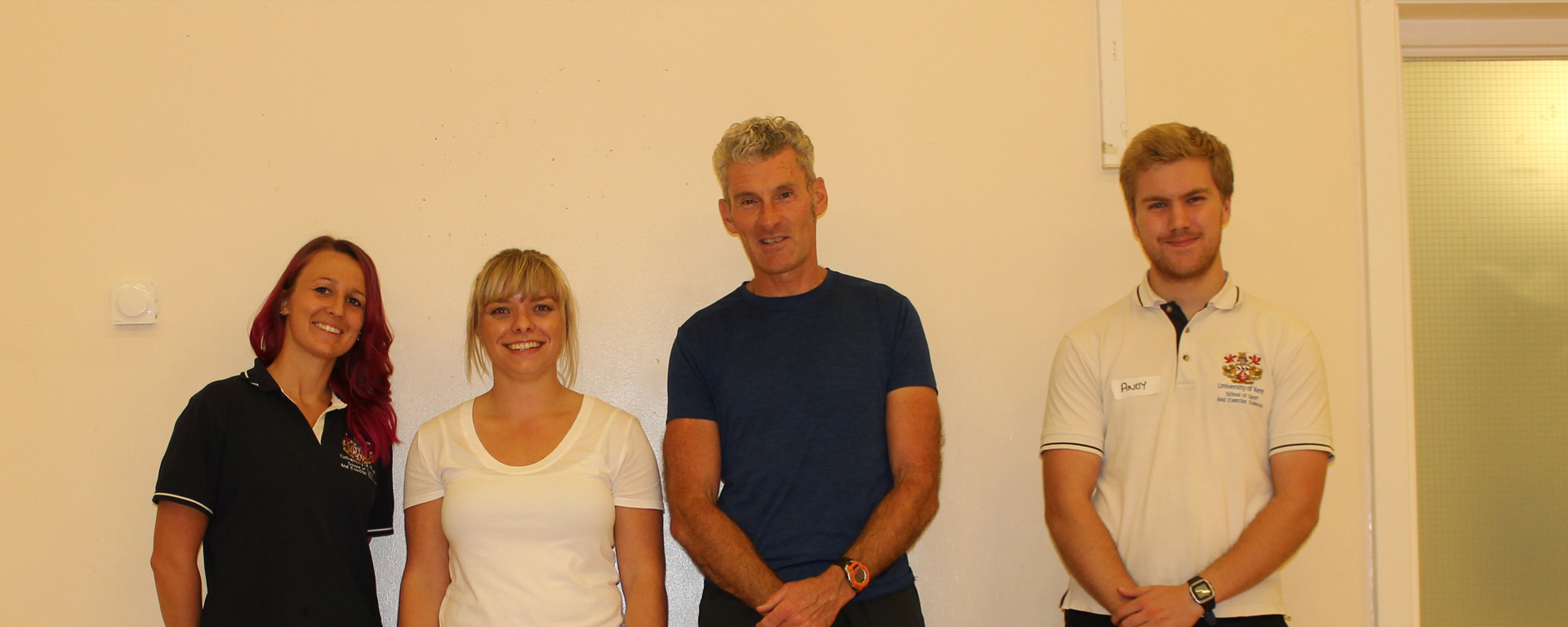Summary
Parkinson’s Disease (PD) is a neurodegenerative condition caused by a loss of nerve cells in the brain and leads to a reduction in dopamine. Dopamine is essential in regulating the movement of the body. It is estimated that 1 in 500 people in the UK is affected by PD. This means there are approximately 127,000 people living with the condition. Most people start to experience symptoms when they are over 50 years old, although 1 in 20 people are under the age 40 (NHS, 2016). Recently (April 2017) there was an acknowledgement from Parkinson’s UK that exercise is beneficial for people with PD, as it can help to promote health and fitness, reduce progression of symptoms and promote the production of BDNF – a chemical that helps to preserve dopamine-producing nerve cells and promotes neuroplasticity. However, there is a need to pursue a more definitive exercise prescription & delivery of interventions. The current exercise recommendations for PD are:
- Introduce it early in diagnosis.
- Intensity-sufficient to promote neuroplasticity.
- Complexity – engage the body and mind in multi-tasking exercise.
- Rewarding – i.e. enjoyment will promote repetition and adherence.
When this project was established in October 2016 in collaboration with Parkinson’s Equip and the Medway Working Age Group, it was to deliver a community-based exercise class specifically for those with PD, but also to operate a ‘living laboratory’ to measure the effects of exercise on participants. The session is organised by SSES and runs at St. Mary’s Island Community Centre on a Tuesday evening (1800 – 2000 hours), with the help of undergraduate and postgraduate student helpers from SSES.
Objectives
To provide a community-based exercise intervention for people with PD. Health & functional assessments were completed before attendance and then repeated following 3 months (December 2016), 6 months (April 2017) and 9 months (July 2017) of a circuit-based exercise session.
- Health assessments: Resting heart rate (RHR), blood pressure (BP), height, weight, BMI, waist circumference.
- Functional Assessments: Six-minute walk distance (6MWD), timed up & go (TUG), 1-minute sit-to-stands (1SS) & bilateral grip strength (GS).
- Blood sampling: BDNF & blood lactate response (along with RPE to get an indication of exercise intensity).
A pilot study investigated the feasibility of operating a community clinical exercise group for people with PD and to measure the impact of the exercise on health parameters, functional capacity and BDNF levels. The work is now continuing to study the longer-term effects and explore various markers and other parameters of relevance to people with PD (such as quality of life, and non-motor symptoms/cognitive function).
People
Dr Glen Davison, Senior Lecturer, School of Sport and Exercise Sciences, University of Kent.
Dr Steve Meadows, Senior Lecturer, School of Sport and Exercise Sciences, University of Kent.
Roisin Sullivan, Clinical Exercise Instructor.
About
There exists an array of the reported motor (tremor, slowness of movement, muscle stiffness, etc.) and non-motor (anxiety, dementia, memory deficits, etc.) symptoms associated with PD. Currently, there is no medical cure for PD, although the drugs prescribed can help to control symptoms, symptoms are likely to worsen with time, even following increased dosages of drugs. There is, therefore, the need for timely and effective therapeutic interventions to help those diagnosed with PD better manage their condition and positively impact on their quality of life.
Using a multi-component exercise intervention, like circuit training, we want to investigate the impact on physical and cognitive function. In addition, we want to investigate the effect of peripheral muscle activation (through exercise) on BDNF levels in people with PD.
